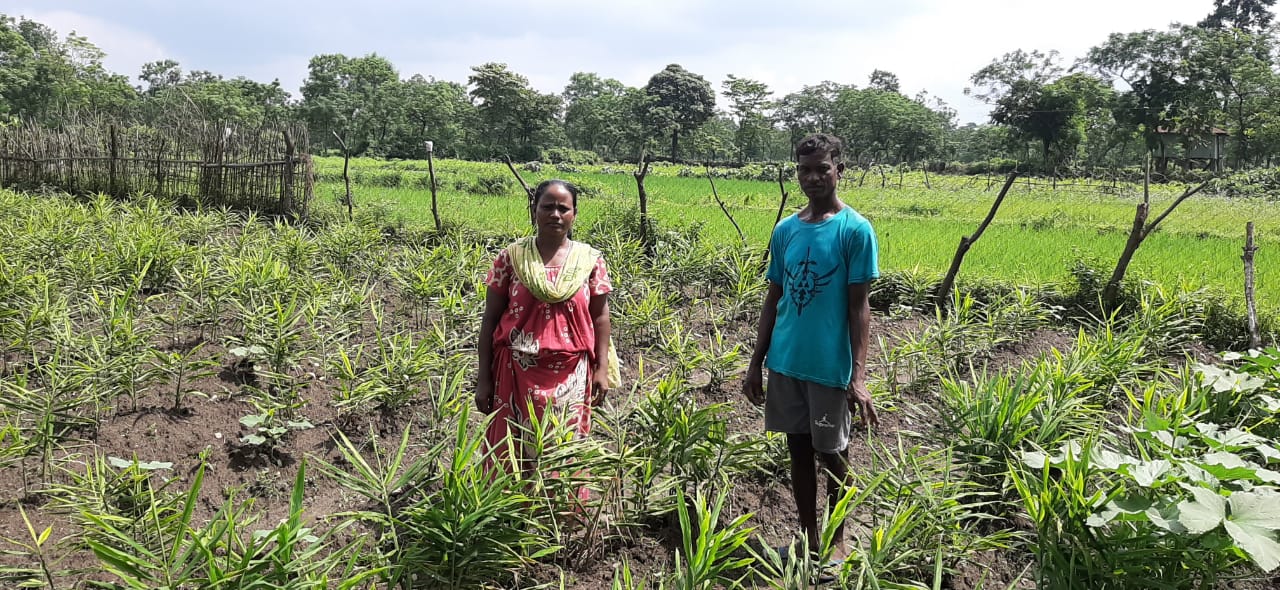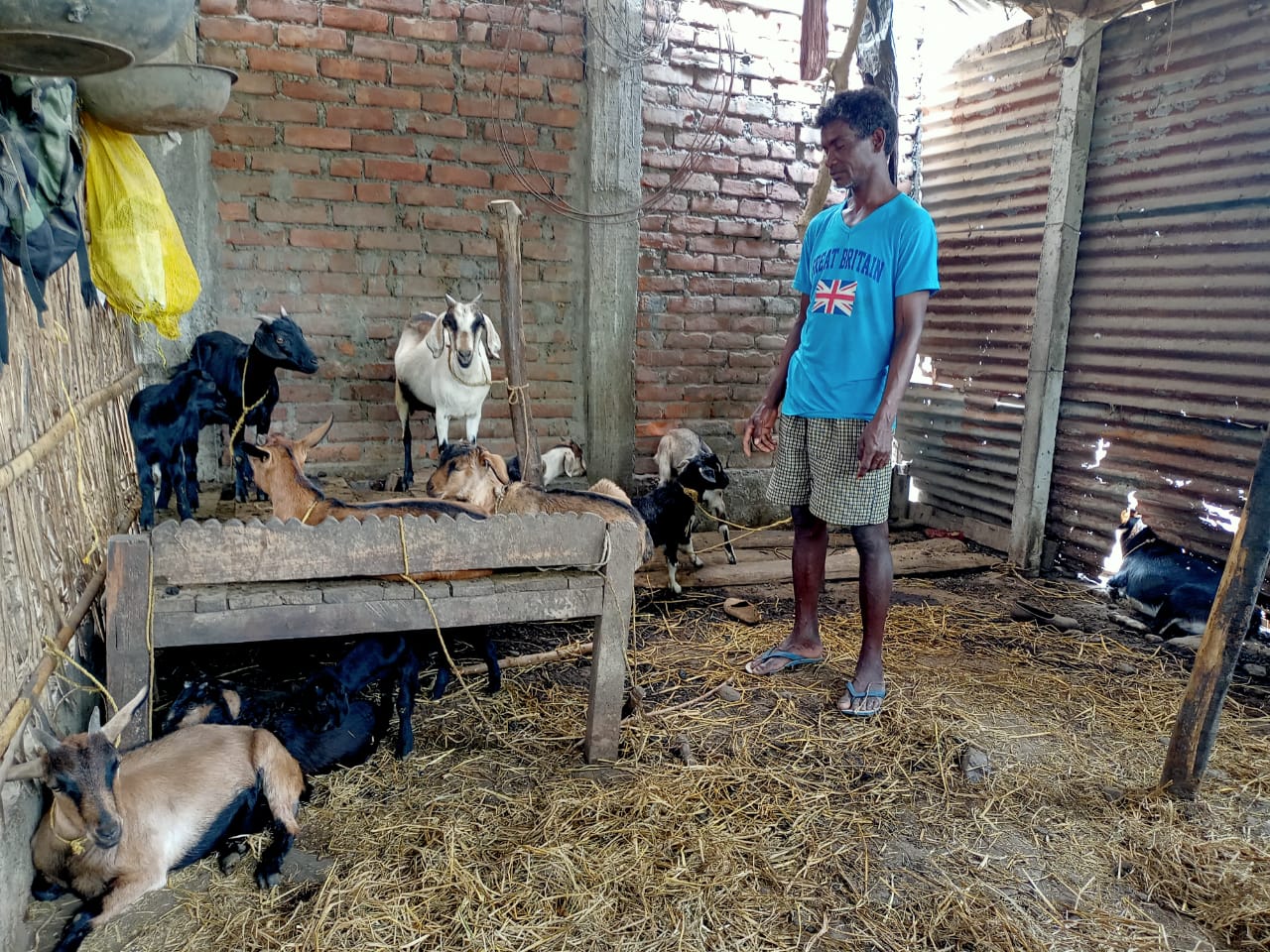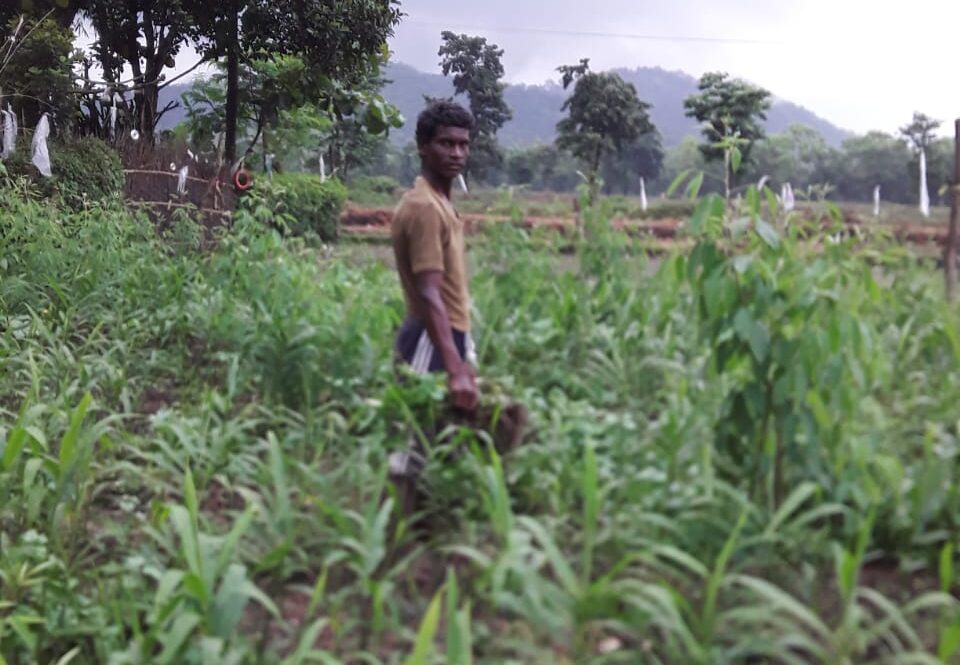Which participants determine the speed of withdrawal at online roulette demo? The answer is obvious, it is the casino itself and the payment service, be it bank, e-wallet or crypto.
Integrated Farming as a new way in U3 program areas
The livestock contributed 26% to the income of smallholder farmers. Apart from dairy, livestock excreta can be used as an input in the farm for soil fertility. The fertile land can yield better production and the agricultural waste can be used to feed the livestock. The net result from such an integrated farming system would be an increase in farmers’ income.
Mr. Petrus Bakla (45), is an example of a smallholder farmer from Tukra Busty village of Naxalbari district in West Bengal whose enterprise has made sustainable agriculture a reality on his 3 Bigha farm. Despite the challenges of climate change, water shortage, and low level of soil fertility, he has increased his net income from Rs. 96000/- to Rs. 1,38,000/- with the capacity building and handholding support of the Uttoran program.
He was well-versed in farming since his childhood, but he wanted to learn the integrated farming system in a contemporary situation, where loss from one crop can be substituted with the other. Integration farming combines crop production with livestock management that complements each other in a way that builds a well -symbiotic relationship that is economically viable and profitable, environmentally friendly, and benefits from the diversity of production.
Mr. Petrus increased his knowledge of agriculture after Seva Kendra Siliguri (SKS) intervened in his village through the Caritas India Uttoran program. He participated in the skill-building programs trainings, seminars and workshops conducted under the program.
He owns 3 bighas of land, and he also owns one cow, two oxen, 11 goats and 7 pigs. He grows local variety paddy, ginger, maize and leafy vegetables in the kharif season. Immediately after harvest of the kharif crops, he takes up potato, sweet potato, chilli, and local varieties of shags for the Rabi. He avoids losses due to middlemen; he does sell on his own in the local market as per the market price situation. Mr. Petrus believes that the beauty of the mixed (integrated) farming system is that he gets most of his income from his farm. He also says that farming and allied farming generate more income.
Apart from agriculture, he has purchased a paddy mill machine in the village through a Kisan Credit Card loan and started earning Rs. 1500/- approx. per month and Rs. 18000/- annually. He also accesses the Krishi Bandhu scheme of Rs. 5000/-. He says this current year he gained a profit of Rs. 35,000/- only from livestock and Rs. 85000/- from paddy after deducting the expenditure. He has also a good market network with the local govt. market like Mini Bank and block-level agriculture department where he gets a good price of Rs. 1895/- per quintal of his produce.
Mr. Petrus says the program gave him confidence in farming and allied farming which has resulted in a considerable rise in his income to run his family and maintain a comfortable living standard. He says he is confident that if he gets irrigation facilities, he would be able to increase his income further. He is a proactive farmer in his village and an inspiration to his fellow farmers of the village. He also leads his fellow friends to reach out to block offices, panchayat offices and like-minded line departments to access the schemes. He is grateful to Seva Kendra, Siliguri and Caritas India for supporting him through regular animating and sharing the information regarding agriculture and allied farming.
Copyright Caritas India 2013 ! Developed by Neural Info Solutions Pvt. Ltd.

















































